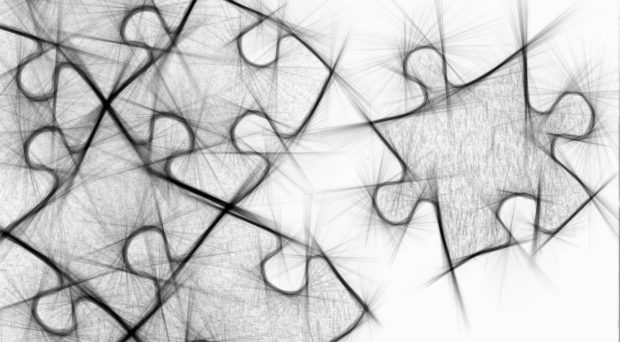
(This guest post was originally published on the SU2C blog and is reproduced here with permission.)
The annual SU2C Scientific Summit is an amazing meeting that brings together the best scientists and physicians together to fight cancer. The formation of multidisciplinary “Convergence” Dream Teams that combine clinical oncology, cancer biology, and quantitative sciences is a true synergy, taking cancer research to a higher level not achievable by any single discipline. As an oncologist, this team mentality is exactly what we do in our multidisciplinary clinics combining medical, radiation, and surgical oncology care. The new model of cancer research is truly a team sport.
I have been fortunate to be a part of one of the original SU2C Convergence Teams, which has allowed me to work closely with Ben Greenbaum at Mt. Sinai Medical School. A convergence team is exactly what it sounds like: Ben’s physics and computational biology background complements my expertise on RNA cancer biology and clinical oncology to tackle some complex cancer research questions. Through our work together, Ben created the first mathematical model that can predict the potential benefit of different treatments for patients diagnosed with melanoma or cancer of the lung or pancreas. The model, which captures aspects of the tumor’s evolution and the underlying interactions of the tumor with the immune system, is more accurate than previous genomic biomarkers in predicting how the tumor will respond. Even without our discovery, I have been so fortunate from this work to have made such a great friend.

At the recent Summit, it was so exciting to see the field move forward with the next step of Convergence research. SU2C awarded $11 million to seven multi-disciplinary research teams to investigate immune system response to cancers. The multi-institutional teams draw from the nation’s top academic research centers and will have access to Microsoft Research’s experts in machine learning and artificial intelligence.
Each team will be comprised of experts in life sciences, physical sciences, mathematics and engineering and will have the opportunity to work collaboratively with Microsoft’s machine learning experts to discover key aspects of the interaction between cancer and the immune system that can lead to the development of new treatments. For Convergence 2.0, Ben and I will collaborate on a study connecting immune health and tumor biology in gynecologic cancers.
Mismatch repair (MMR)-deficient cells are unable to repair base pairing mistakes within the DNA helix, so as they divide over and over, the new cells accumulate more of these mistakes or mutations. The response to immune checkpoint inhibitors has been varied in gynecologic cancers, possibly due to the number of mutations carried by each tumor cell (mutational burden). We hypothesize that the tumors with a high mutational burden fail to respond to checkpoint inhibition because of an immune dysfunction that is based on the mechanism for the MMR deficiency. The team plans to initiate two clinical trials that will test whether a) tumor-intrinsic factors affect the response to checkpoint inhibition; b) baseline immune function and quality affects response to checkpoint inhibition; and c) on-treatment blood markers may reflect the tumor-immune interaction. Understanding the mechanism that leads to this phenomenon has the potential to dramatically affect those patients who do not respond to current treatments.
In addition to the significant support from Microsoft, the Lustgarten Foundation for Pancreatic Cancer Research provided funding for one team, and the Society for Immunotherapy of Cancer (SITC) did as well – the latter to support post-doctoral fellows on five of the seven teams, providing an opportunity for early-career scientists to work with leading researchers.
I am excited for these new teams to utilize artificial intelligence and statistical physics to tackle some of the most provocative questions that need to be answered for the field. It has been amazing to watch the progress we have had in pancreatic cancer research, and the funding provided by SU2C, Lustgarten Foundation and others has propelled my young career forward. I am thrilled to be part of this growing SU2C family.
Comments